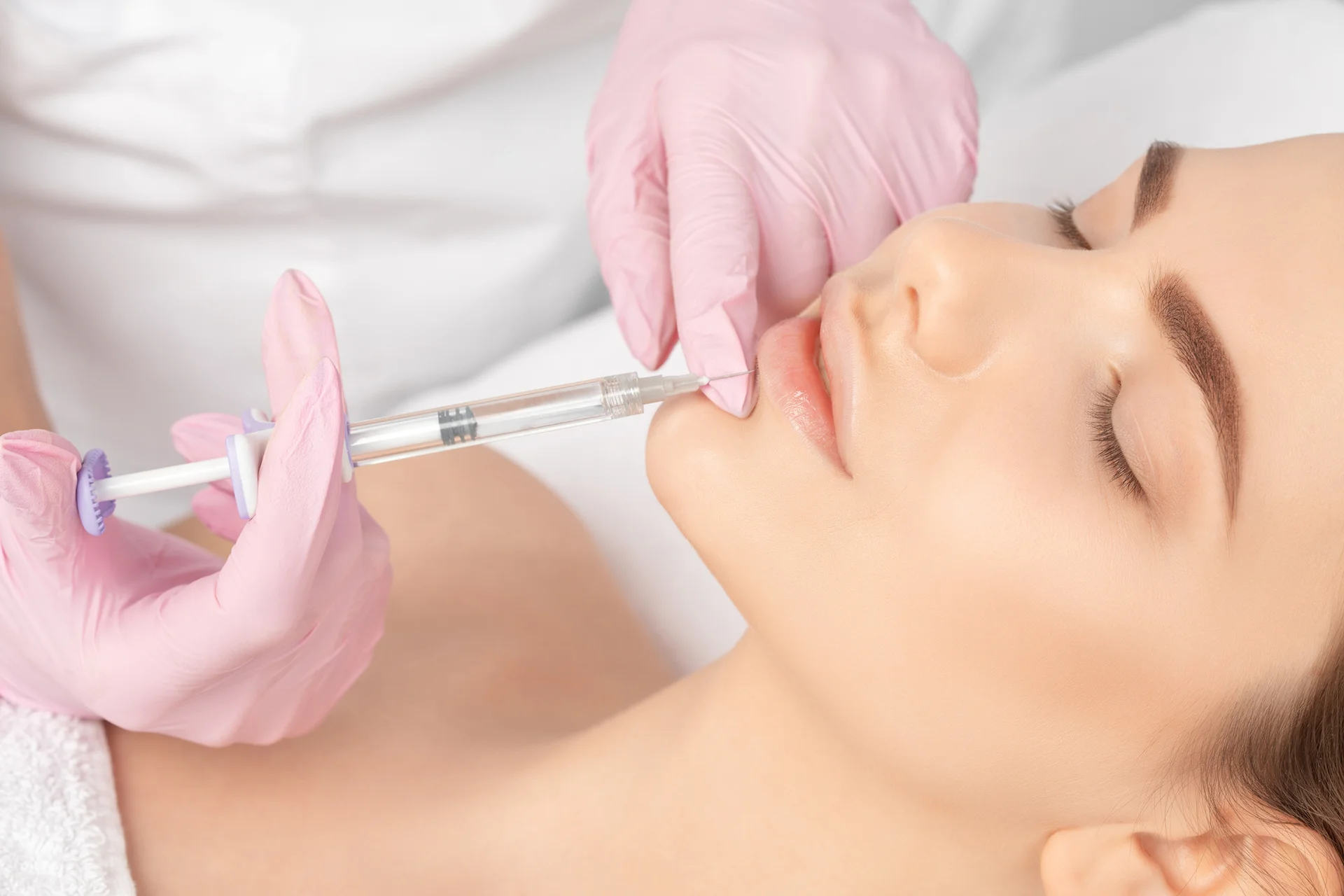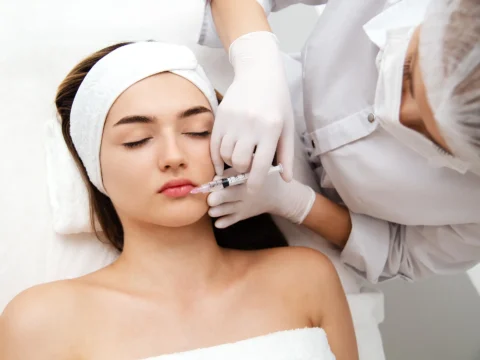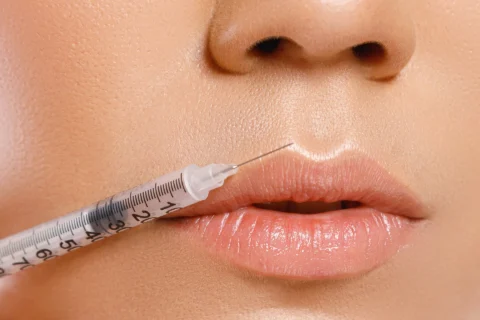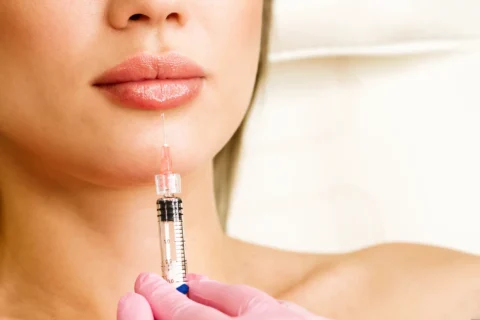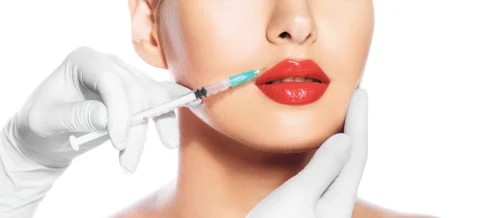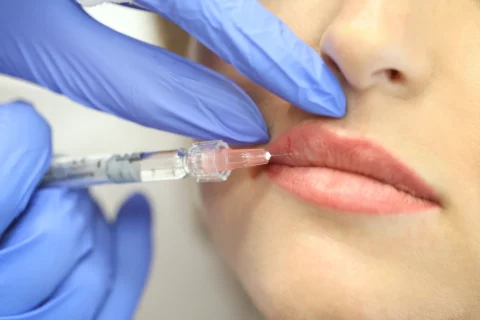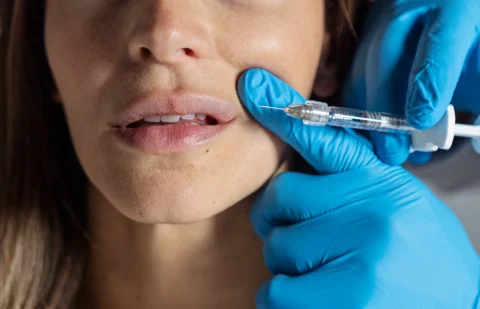Lip Fillers and Smiling: Ensuring a Natural Look
A common concern for those considering lip filler injections is their impact on natural facial expressions. Many wonder if these treatments will alter their ability to smile and laugh as they normally would.
According to Dr. Hardik Soni of Ethos Aesthetics + Wellness, moderate impacts on facial expressions are temporary and part of the normal healing process. With a little time and adjustment, patients are able to smile and laugh just as naturally after lip filler treatments.
What Happens When You Smile or Laugh Right After Getting Lip Fillers?
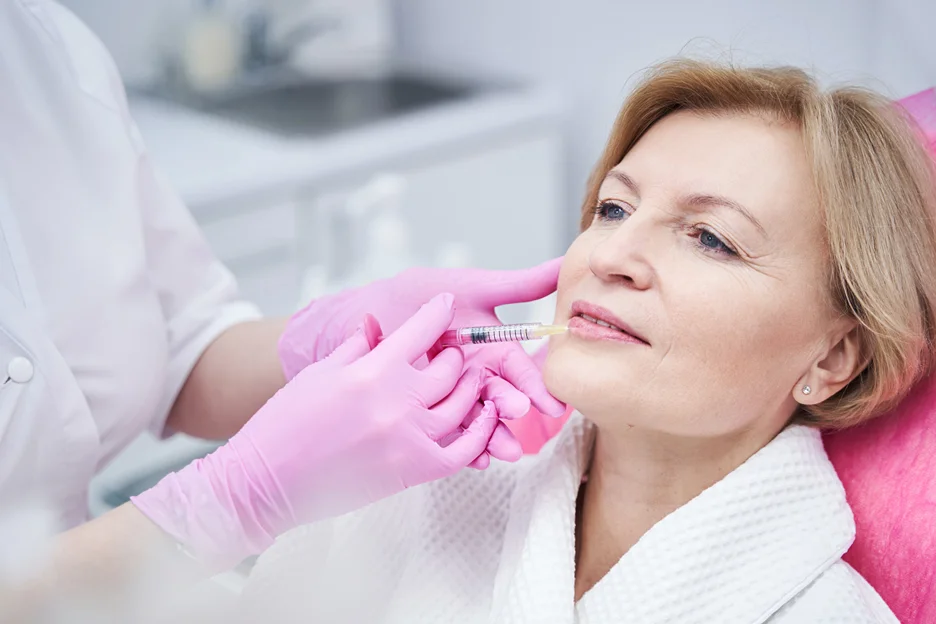
In the first few days after treatment, it is common to experience some stiffness and tightness in the lips and surrounding area. This can temporarily impact facial expressions like smiling and laughing.
“Many patients report feeling a bit of tension when they smile or laugh during the initial healing period,” says Dr. Soni. “This is very normal as the injections settle in and the lips adjust.”
The lips may feel tight or look slightly unnatural when making exaggerated expressions. Subtle, relaxed smiles are unlikely to appear noticeably different. The initial effects typically resolve within a week or two.
How Long Does It Take to Adjust to Lip Fillers?
Patients usually adjust to their new lip volume and regain natural facial expressions within 7-10 days post-treatment. Some tenderness, swelling, and stiffness may persist during this adjustment period.
Dr. Soni advises patients, “Take it easy while allowing your body and facial muscles to adapt to the lip fillers. Avoid wide, forced smiling or laughter for the first week. But normal levels of expression should feel comfortable again soon.”
With filler amounts tailored conservatively, most patients find they can smile, laugh, and emote as usual following this short acclimation phase.
What About Pain When Smiling or Laughing?
It is common to experience some mild sensitivity in the lips for a few days after injections. However, excessive pain when making facial expressions may indicate an issue.
According to Dr. Soni, moderate discomfort is normal, but sharp or intense pain could signal:
- An adverse reaction like bruising or swelling
- Too much filler injection in one spot
- Improper filler placement into muscles
Patients who experience pain when smiling or laughing after lip fillers should contact their injector’s office for evaluation. Prompt action can help minimize complications.
Do Lip Fillers Change Your Smile Long-Term?
Lip fillers should not affect smiling when done right after the initial healing. The injectable fillers add volume but do not alter muscle function.
“A very experienced injector will place the filler correctly to avoid impeding movement,” notes Dr. Soni. “In the vast majority of cases, patients can expect to smile, laugh, and show expressions as normal once settled.”
Subtle shaping or enhancement, versus dramatic overfilling, helps maintain one’s natural smile.
Can Lip Fillers Help Enhance Your Smile?
Strategically placed lip filler can aesthetically improve the shape, lines, and proportions of the lips and smile. A skilled injector will consider the whole face.
As Dr. Soni explains, “With a customized injection approach, lip fillers can make the smile more balanced and harmonious. But overdone fillers rarely look natural or pleasing.”
The ideal outcome is lips that remain soft, flexible, and able to move and react naturally. When the proper techniques are used, lip filler allows patients to smile attractively.
Follow Aftercare Instructions for Optimal Results
To help lip fillers settle in smoothly, Dr. Soni advises patients:
- Use Cool Compresses: Gently apply cool compresses to the treated area to help reduce swelling and discomfort. Be careful not to apply excessive pressure.
- Avoid Strenuous Activity: Refrain from engaging in high-intensity physical activities for at least 24 hours post-treatment to minimize swelling and prevent the filler from shifting.
- Pain Management: If you experience discomfort, over-the-counter pain relievers like acetaminophen can be taken. Avoid NSAIDs like ibuprofen, as they can increase bruising.
- Stay Hydrated: Drinking plenty of water is crucial for maintaining hydration, which can aid in the healing process and enhance the overall appearance of your lips.
- Moisturize Your Lips: Regularly apply a hydrating lip balm to keep your lips moisturized and aid in the healing process.
- Avoid High Temperatures: Stay away from saunas, steam rooms, and excessive sun exposure, as high temperatures can increase swelling and discomfort.
- Skip Makeup: Avoid applying lip makeup for at least 24 hours to prevent infection and allow the injection sites to heal.
- Sleeping Position: Try to sleep with your head elevated for the first few nights to reduce swelling.
- Avoid Alcohol and Smoking: Alcohol can increase swelling and bruising, while smoking can delay the healing process.
- Be Gentle with Facial Expressions: While it’s important to maintain normal facial movements, avoid overly expressive facial movements for a few days to allow the filler to settle properly.
Carefully following aftercare allows the lips time to heal and adjust to the fillers. Rushing back to intense expressions too soon can displace the filler material. Patients who patiently engage with the process typically transition back to their normal state of smiling and laughing.
Maintain Lip Filler Results with Follow-Up Appointments
Lip filler results are temporary, lasting 6 months to 1 year for most patients. Follow-up maintenance appointments are needed to sustain plump, volumized lips long-term.
Dr. Soni suggests, “Plan for touch-up appointments about every 6-9 months. We can evaluate the current look and adjust the injections accordingly for beautiful, natural-looking results over time.”
Consistent maintenance helps prolong the effects of lip fillers. Patients can better preserve their enhanced yet natural smile.
Frequently Asked Questions About Lip Fillers
How do lip fillers work for small mouths?
Carefully placed lip filler can add fullness and balance to smaller lips, says Dr. Soni. The key is not overfilling, which tends to look unnatural. A conservative approach enhances shape and proportion for a soft, pillowy pout.
What about lip asymmetry after fillers?
A skilled injector will account for any pre-existing asymmetry and inject amounts accordingly on each side, explains Dr. Soni. Follow-up appointments help fine-tune results for improved symmetry over time.
Do lip fillers change your lip lines?
If done properly, fillers can help minimize the appearance of smoking lines around the mouth, notes Dr. Soni. Hyaluronic acid fillers add volume, smoothing out etched lip lines for a more youthful look.
Is there a risk of losing facial expressions with excessive lip filler?
Excessive filler can impact the natural movement of the lips. It’s important to follow the guidance of a skilled injector who can recommend the appropriate volume for a natural look.
How do I add lip depth with fillers?
Dr. Soni uses precise filler placement and layering techniques to increase dimension and definition in the lips. Adding depth and fullness creates a subtle pout, not just flat volume. An artistic approach helps achieve a 3D lip shape.
Should I massage my lips after fillers?
Gently massaging the treated area can help evenly distribute filler, reduce lumps, and aid settling, advises Dr. Soni. However, vigorous massaging too soon after injections may displace the product. Follow your injector’s specific guidance.
What should I do if I notice lumps or irregularities after getting lip fillers?
Small lumps can sometimes occur but often resolve on their own. If they persist, contact your injector for advice. Gentle massage may be recommended in some cases.
Is there a risk of allergic reactions to lip fillers?
Allergic reactions to lip fillers are rare, especially with Hyaluronic Acid-based fillers, which are naturally found in the body. However, discuss any allergies with your injector beforehand.
How does the experience of a cosmetic injector influence the risk of complications?
An experienced cosmetic injector is more likely to understand the nuances of filler placement, reducing the risk of complications like asymmetry, lumps, and overfilling.
What are the signs that I should seek medical attention after lip filler treatment?
Seek medical attention if you experience severe pain, significant swelling, skin discoloration, or signs of infection. These could indicate complications that require prompt treatment.
Can lip fillers be dissolved if I’m unhappy with the results?
Yes, Hyaluronic Acid-based fillers can be dissolved with an enzyme called hyaluronidase. This option allows for corrections if you’re not satisfied with the initial outcome.
Conclusion: Smile Confidently Again After Proper Healing
While lip fillers may temporarily affect smiling and laughing in the first week or two, most patients quickly bounce back to their normal expression.
With a skilled injector, minimal downtime, appropriate aftercare, and maintenance touch-ups, patients can smile and laugh with naturally plump, enhanced lips long-term.
According to Dr. Hardik Soni of Ethos Aesthetics + Wellness, a customized filler approach, conservative volumes, and proper placement allow the lips to retain mobility.
By following your provider’s recovery instructions, you can soon smile confidently again and enjoy your revitalized features.
Embrace Your Enhanced Smile: The Journey Towards Confident Expressions
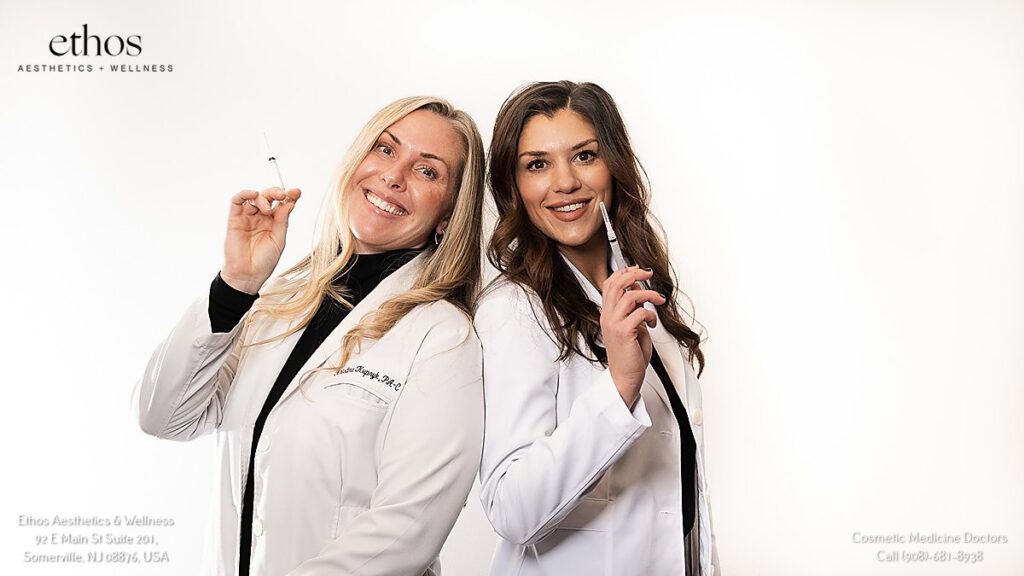
If you’re ready to enhance your smile with lip fillers or have any questions about the procedure, feel free to contact Ethos Aesthetics + Wellness or book your consultation online today. Let’s create a smile that reflects your confidence!

